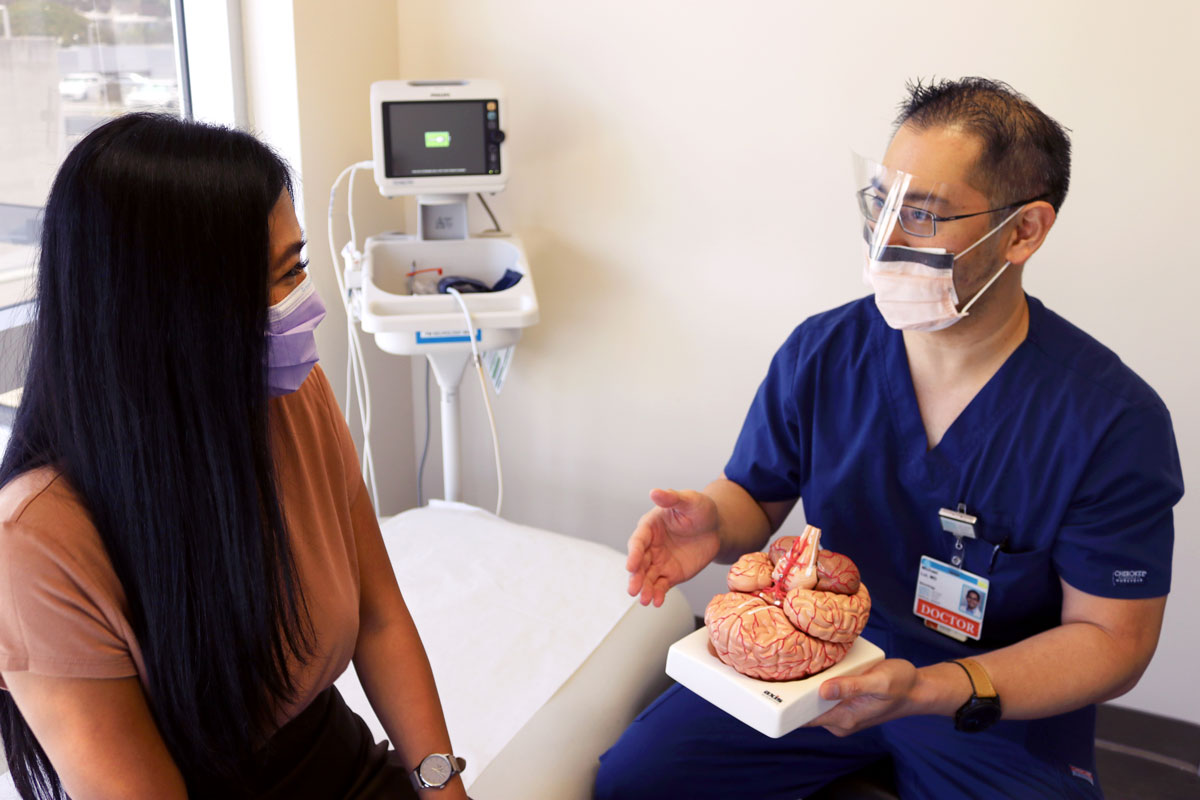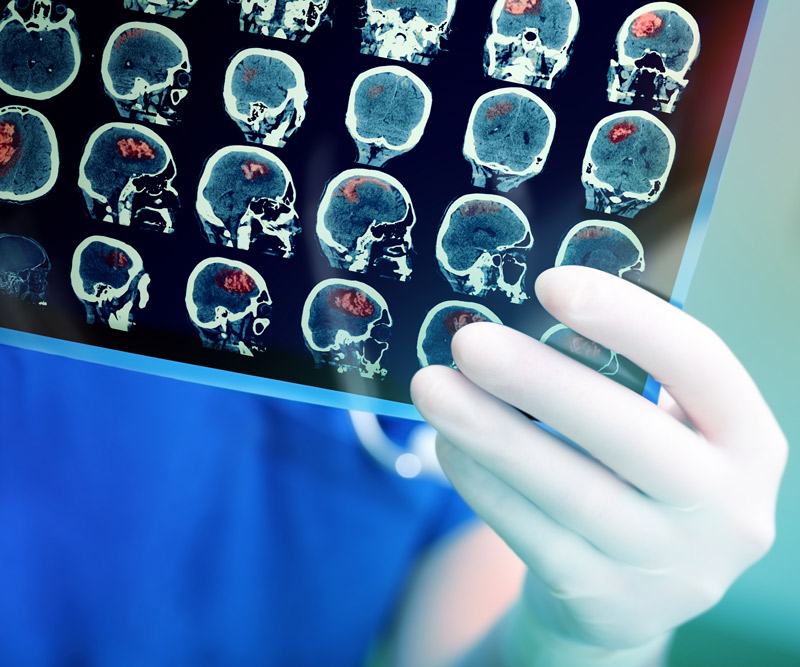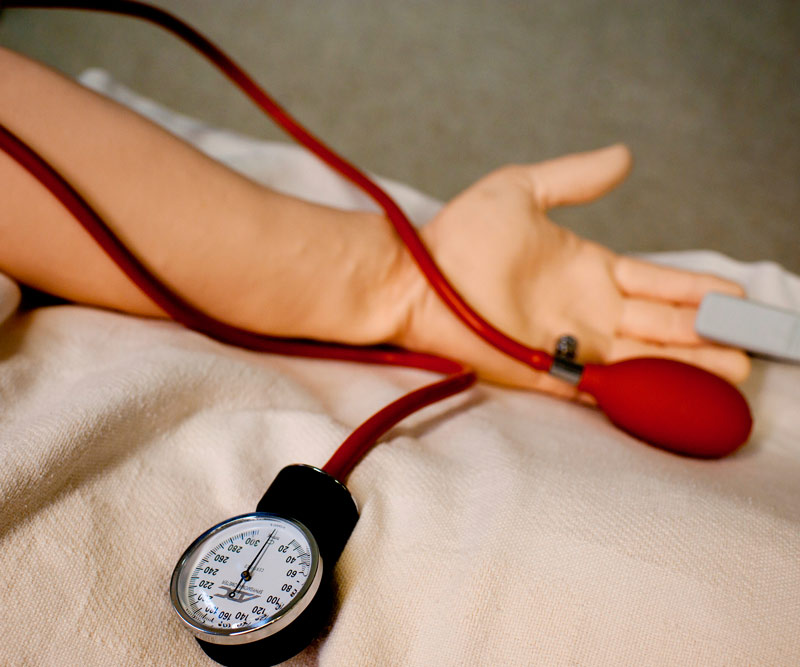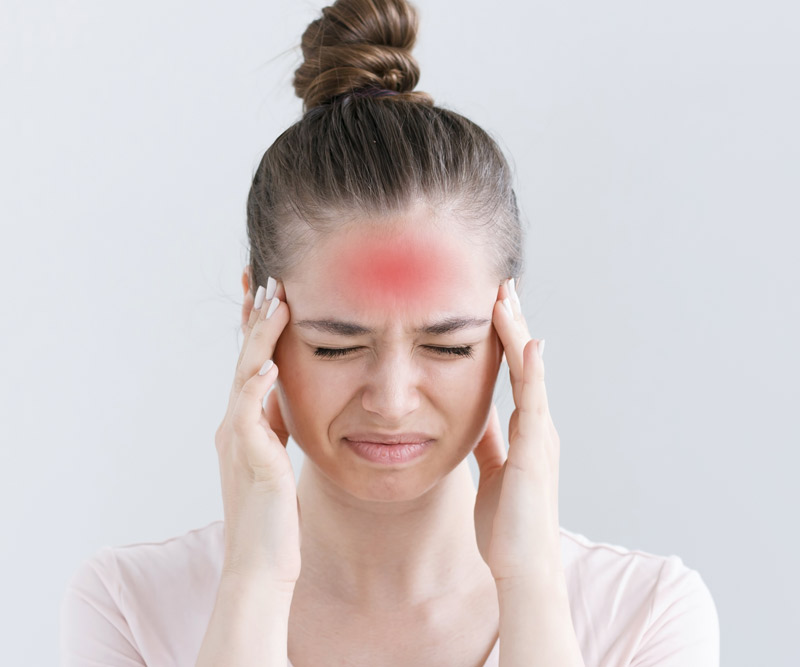
The F.A.S.T. Way to Spot a Stroke
A medical professional with many responsibilities, Dr. Michael Lui serves as both chief of neurology at Pali Momi Medical Center and the board president for American Heart Association Hawaii.
“When I was a child, I knew I wanted to help people in some way. I was fortunate that my parents provided me with an open landscape of opportunities and supported whatever career path I chose as long as it gave me joy and purpose in life,” he shares.
Lui started in the medical field as a volunteer transporter moving patients through a community hospital. Then, while in college, he became a certified Emergency Medical Technician.
Responding to 911 emergencies cemented his decision to go to medical school. He earned his degree at University of Maryland, Baltimore, completed his neurology residency at Boston University Medical Center then went on to a fellowship in electromyography and neuromuscular diseases at University of North Carolina at Chapel Hill.
As a physician, he is passionate about providing his patients with insight into their bodies.
“Whether it’s a minor symptom or a serious disease, having a patient fully understand where their symptoms come from is crucial both physically and mentally in their healing process,” he shares.
In this article, he discusses the field of neurology and tells us what we need to know about identifying and avoiding a stroke.
What do you do as chief of neurology?
My main goal at Pali Momi is to ensure we provide the local community with neurological expertise for various disorders.
In general, neurologists are specialists in the brain, spinal cord, nerves and muscles, and we see a wide variety of cases on a daily basis. People may come in with complaints of numbness and tingling in their face, hands and feet as well as difficulty with balance and walking, arm and leg pain, headaches, tremors, stroke, seizures, memory loss and more.
We help make a diagnosis and provide treatment, as well as educate and provide counseling for our patients and their family.
What should people know about strokes?
May is American Stroke and Hypertension Awareness Month. Those two issues are related since hypertension, or high blood pressure, is a leading risk factor for stroke. High blood pressure occurs when the force of blood flowing through your blood vessels is consistently too high. This can weaken the blood vessels over time leading to clots or even cause the vessel to rupture.
A good way to remember the symptoms is learning how to spot a stroke F.A.S.T.
- Face drooping: Does one side of the face droop or is it numb? Ask the person to smile. Is the person's smile uneven?
- Arm weakness: Is one arm weak or numb? Ask the person to raise both arms. Does one arm drift downward?
- Speech difficulty: Is the speech slurred? Is the person unable to speak or hard to understand? Ask the person to repeat a simple sentence, like “The sky is blue,” and see if it sounds odd to you.
- Time to call 911: If someone shows any of these symptoms, even if the symptoms go away, call 911 and get to a hospital immediately. Check the time so you’ll know when the first symptoms appeared.
A large majority of strokes can be prevented through education and lifestyle changes such as moving more, eating smart and managing your blood pressure. It’s critical to learn your family health history and then talk to your doctor about lowering your personal risk. You can learn more at Stroke.org
What are the impacts that strokes have on Hawaii’s population?
According to the American Heart Association, stroke remains Hawaii’s third leading cause of death, despite falling to the fifth leading cause of death nationally. Stroke is also the leading cause of major disability in Hawaii.
It’s concerning to know that statistically 1 in 5 women nationally will develop a stroke. Women ages 35 and younger are 44% more likely than men to have the most common type of stroke – an ischemic stroke, which is when a blood vessel supplying blood to the brain is obstructed. About one-third of Hawaii adults have high blood pressure which is the No. 1 preventable cause of stroke.
What are your duties as the board president for the American Heart Association in Hawaii?
Our American Heart Association Hawaii board of directors regularly discusses the latest updates in stroke and cardiovascular health so we can further the organization’s efforts and provide community outreach. My goal is to help represent the Association Hawaii Division and our board of directors to promote our initiatives, work with our legislators to pass important health policies and educate the public.
This article was first featured in the May 25, 2022, issue of MidWeek as a part of the "Dr. in the House" series. See the full publication here.
Published on: December 9, 2022




